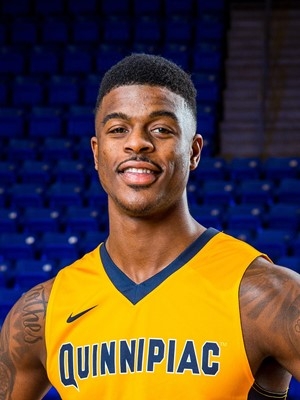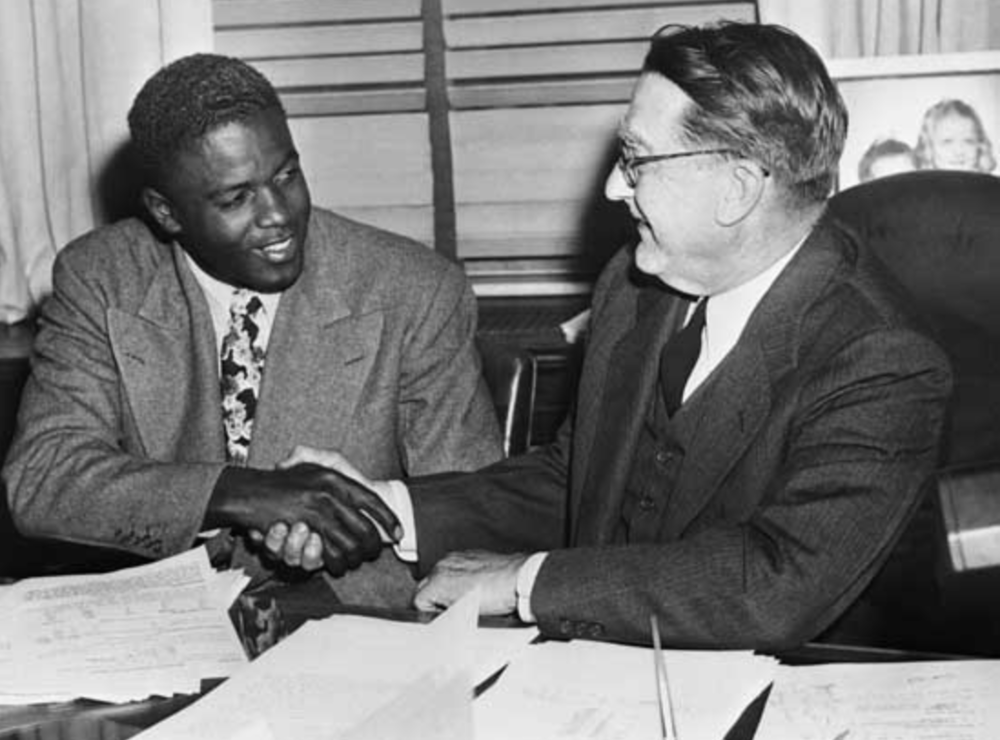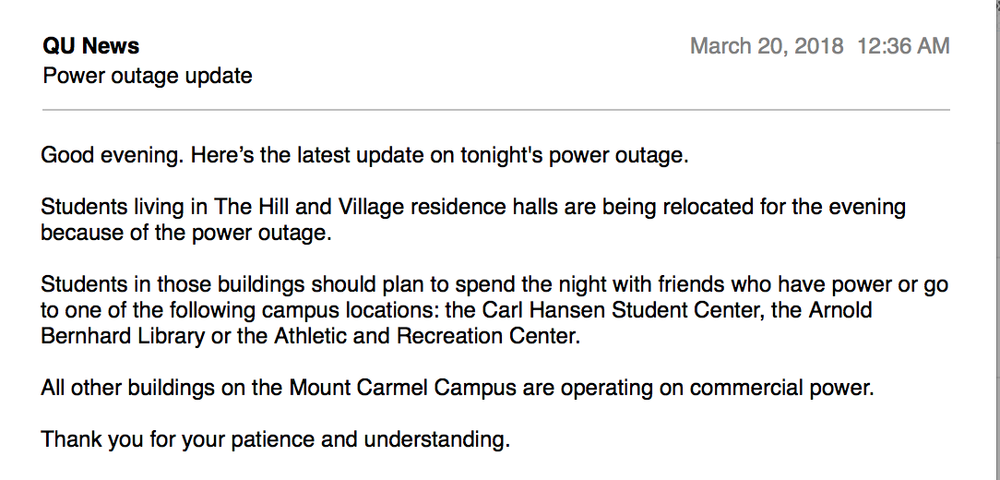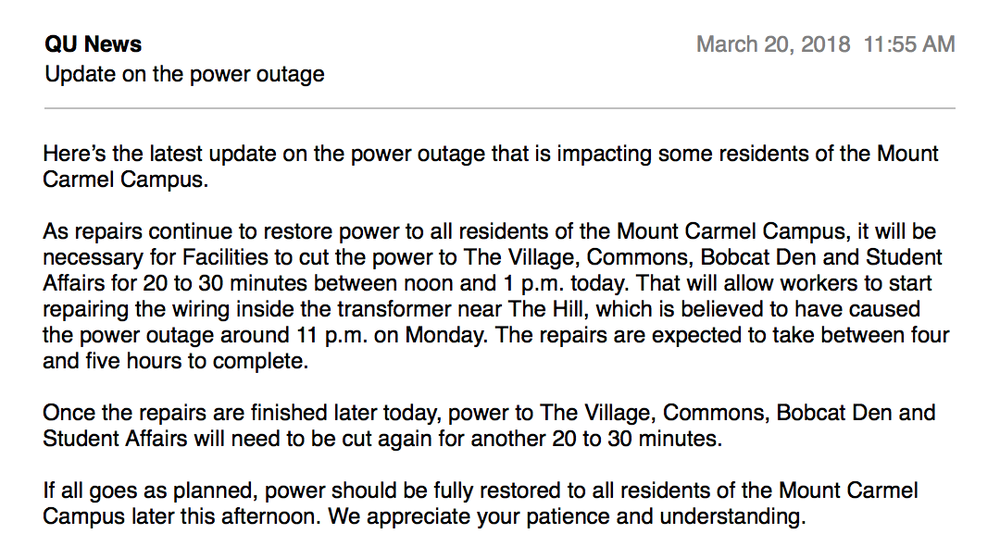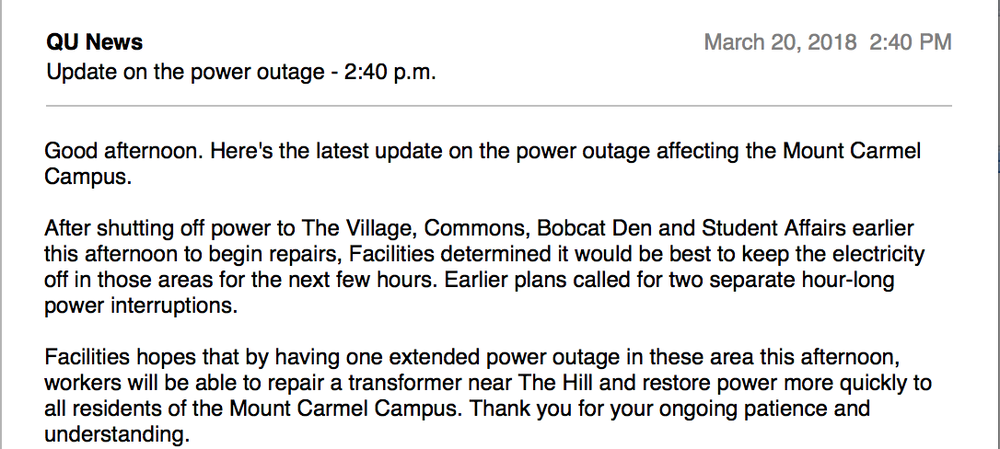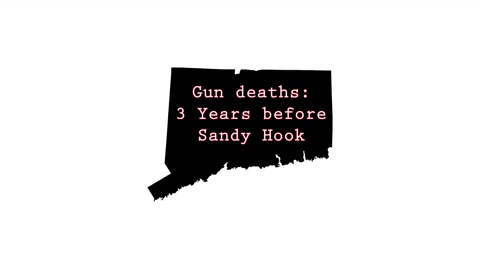By Aaliayah French
“Maryland high school football players accused of sexually assaulting teammates with broom.”
“Quinnipiac Men’s Lacrosse Team Suspended Pending Student Conduct Policy Investigation.”
“Penn State sophomore Timothy Piazza, 19, died after drinking large quantities of alcohol in his first night of pledging at Beta Theta Pi.”
With the hazing culture on a rise, headlines like these will likely be seen more often in the future. The right-of-passage into a group or club from the beginning of organized groups has sometimes been challenging. For obvious reasons, you must qualify to meet the standards of said organization or club, but sometimes your ability to be pushed to the edge is what gets you in.
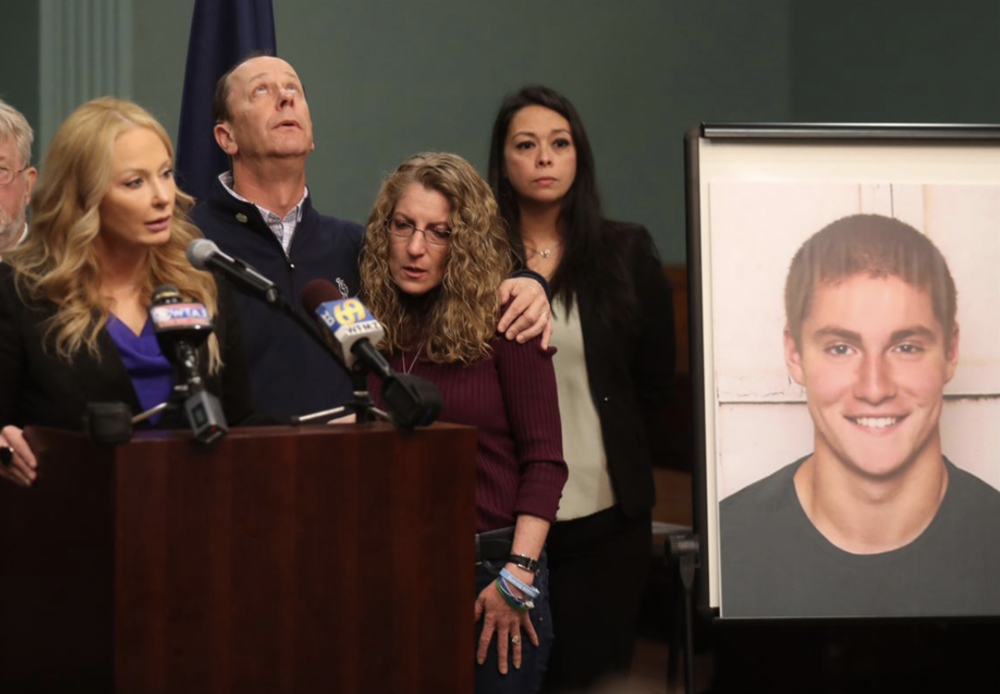
Photo by Pittsburgh Post-Gazette | Parents of Timothy Piazza discuss Beta Theta Pi hazing investigation at Press conference after their son’s death.
For groups like fraternities, sororities and sports teams, hazing is a common and often, a determining factor in the recruitment process. Hazing can include rituals, extreme challenges, abuse or public humiliation. In recent years, hazing has been normalized by the entertainment industry in films such as “Neighbors,” “Dazed and Confused” and “Frat House,” as well as television shows that depict hazing rituals.
“When you think that something dangerous is harmless, it can end up as a reckless activity where people are at a high risk of getting hurt, traumatized, and isolated,” said Jessica Chin, associate professor and associate chair of the Department of Kinesiology at San Jose State University. “This is especially true if, say, someone reports the activity, and the community rallies behind the hazers … so that the victims are the ones who are punished for reporting and the assaulters/hazers are protected from justice.”
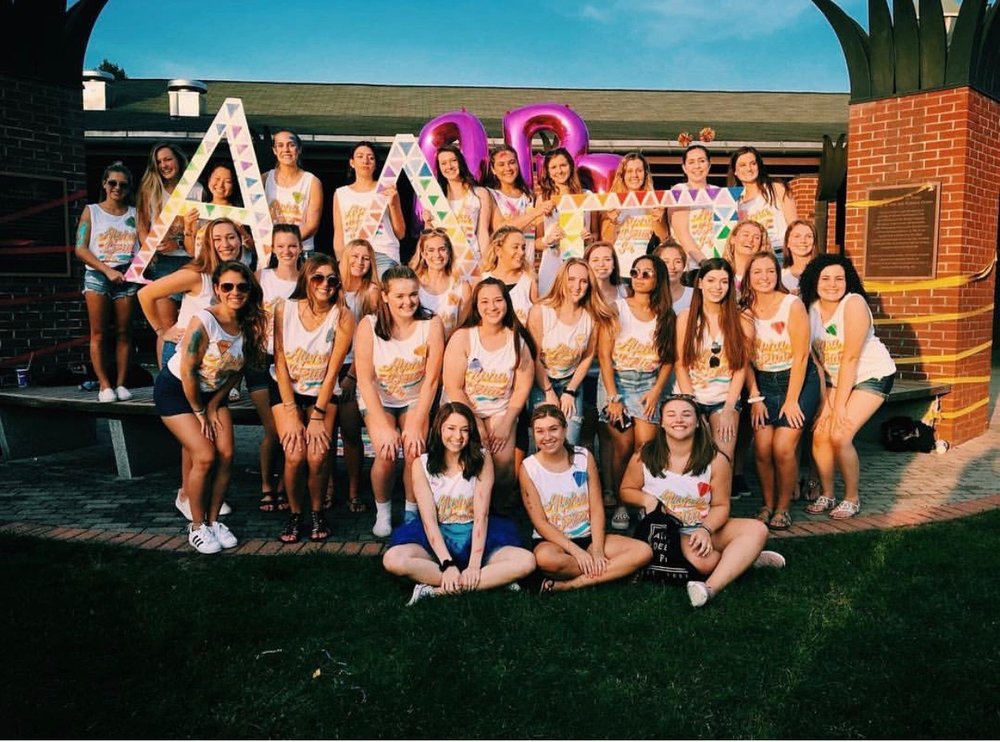
Photo of Quinnipaic’s Alpha Delta Pi | Hannah Mayer’s Sorority Sisters.
Much like other universities, Quinnipiac’s student body comprises numerous Greek life organizations and top-performing athletic teams. What we don’t see behind closed doors are the incidences of hazing that take place among these social groups. Students often join Greek life because upon coming to college, they need a place to fit in and identify with.
Unfortunately, the requirements to enter into some collegiate organizations involve gruesome rituals such as streaking, pranks, physical and emotional abuse, and humiliation. According to a CNN article, since 2005, there have been over 80 fraternity-hazing related deaths. Many of the hazing deaths are due to the abuse of alcohol and drugs. The article also stated that many of the deaths are a result of internal bleeding, car accidents and alcohol related injuries.
This reckless behavior, according to Chin, can be explained by students’ desire to fit in.
“Hazing culture is also dangerous because it could lead some people to do things that they ordinarily wouldn’t do just because they either want to be a part of a group, and they therefore feel compelled to participate, or they are uncomfortable or unsure of how to go against the group even when they are doing things that are ethically and morally questionable,” she said.
Hannah Mayer, a member of Kappa Alpha Theta, a popular Greek sorority on Quinnipiac’s campus shared her thoughts on the pressing dangers of hazing.
“Hazing culture can be dangerous not only physically, but also mentally to those who are affected by it,” she said. “Hazing culture can generate stereotypes for Greek life as a whole, and cause people outside this community to overlook the philanthropic acts of these groups.” .
Grieving parents of those who have passed in recent news have expressed their concern with Greek life because the culture of hazing is so prominent in college. They understood the severity of the challenges you might face in order to become a member. When examining hazing culture, understanding its origins is important. If we take a look at the history of hazing, it dates back to some thousands of years ago.
According to Walter M. Kimbrough’s “Black Greek 101: The Culture, Customs, and Challenges of Black Fraternities,” hazing culture and pennalism sprouted from as early as the 1700’s, known in other parts of the world as fagging. Fagging or pennalism was considered the system of torture and oppression designed to break first year students in. The practical jokes and abusive practices were often carried out by upperclassmen.
Omorogieva was all too familiar of the practice at his college.
“It is not uncommon to see juniors and seniors taking part in hazing,” said William Omorogieva, a Lafayette College alumna who was in a fraternity at his school. “I feel that they enjoy it most because they had to work and earn their status and to them, recruits need to go through the same things they did. To me, it makes the upperclassmen feel superior.”
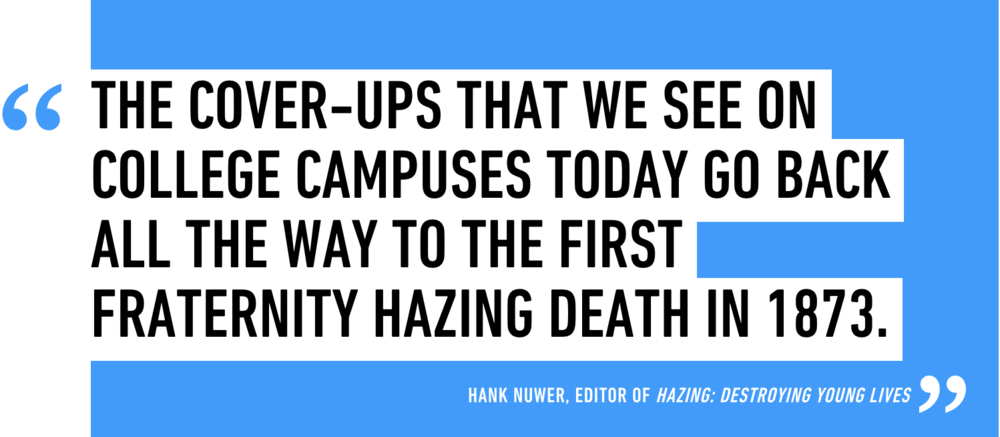
Quote from Oxy.com | Article entitled, “The Sordid and Dangerous History of Hazing.”
In the late 1600s, hazing replaced the word pennalism, after a Harvard student was expelled for conducting acts of torment on another students.
Though pennalism and hazing were gruesome, no one believed it would be taken to lengths where the outcome was death. This became a painful reality in the early 1900s, when hazing related deaths became a trend. The only way universities saw a solution being made was by forcing administration and faculty to personally crack down on hazing acts.
“I remember I had a professor named Dr. Kinkler,” Omorogieva said. “He used to walk around campus a lot and in class he’d always make it known that he was against hazing, whether it was sports teams or Greek groups. I think he tried to use the fear tactic to get people to stop but I think it wasn’t all that effective.”
There is an idea that if administration and faculty step in to inform students about the extremes of joining Greek life organizations, there would be less cases of hazing across the nation. Katherine Pezzella, director of campus life for fraternity & sorority life at Quinnipiac couldn’t agree more.
“Universities should make sure that students are educated about hazing,” Pezzella said. “We know that about 50 percent of freshmen entering colleges nationally have already experienced hazing and some of them are going to try to bring those experiences with them into their new college groups or teams. …Colleges should educate students on what hazing is, so students know what they can and cannot do.”
Hazing has told young men and women who wish to join these groups that in order to be a part of their group, they have to succumb to poor treatment and subject themselves to vile acts all in the name of “brotherhood” and “sisterhood.” This phenomenon is what makes Greek life so controversial.
“This [hazing] upsets me because it has been very contrary to my experience with Greek life,” Meyer said. “I am a member of an organization that helps shape women to be leaders and we don’t tolerate this type of behavior, as it is completely against our values.”
Recently, the Men’s Lacrosse team at Quinnipiac were suspended for the fall season. After new players joined the team, existing players were caught taking part in hazing activities to initiate the new members. After an extensive investigation, the university decided to suspend the team for violating the student code of conduct. Quinnipiac has a strict conduct policy for student athletes and athletic directors. Once it was broken by the players, the university suspended the team for the year and handled the individual culprits involved in the matter. With 22 sections of the code being violated, with offenses ranging from theft, underaged drinking, abuse and harassment, the team will sit out of this season until further notice.

Headline of Hartford Courant Article | Quinnipiac Men’s Lacrosse Team Suspended.
In light of the latest incident at Quinnipiac, as well as the nationwide incidents of hazing, combating these methods of initiation are is a top priority for administrators, especially at Quinnipiac University.
“We need to help students design activities that accomplish the same goals as hazing – such as team-building, overcoming adversity, bonding, etc. – that are not hazing and that are legal and productive for their group,” Pezzella said. “We also need to be serious about responding to hazing allegations when they crop up to enforce policy.”
Matthew Kurz, Assistant Dean of Student Affairs for Campus Life at Quinnipiac also shared his thoughts on how to rid universities and sports teams of hazing. “The education of students, faculty, and staff is critical to combat hazing or a culture of hazing… In addition, providing alternatives to hazing is another great way to combat it – showing groups that there are much better ways to build bonds and respect among members than hazing provides a different perspective and effective alternative which is often better than simply saying “don’t do that.”
The fight for student-run organizations and college teams to take better care of their members will continue to be pushed by higher ups in administration, but for now, parents, students and athletes must be aware of the silent dangers of organized groups and the hazing epidemic on the rise. “…make sure that hazing is appropriately addressed when it is reported and putting relevant policies in place to create a positive group or team is a start to awareness,” Chin said.
